France, Germany and Italy sign agreement on launch vehicle development
Original Publication Date: 2022-11-23 08:03
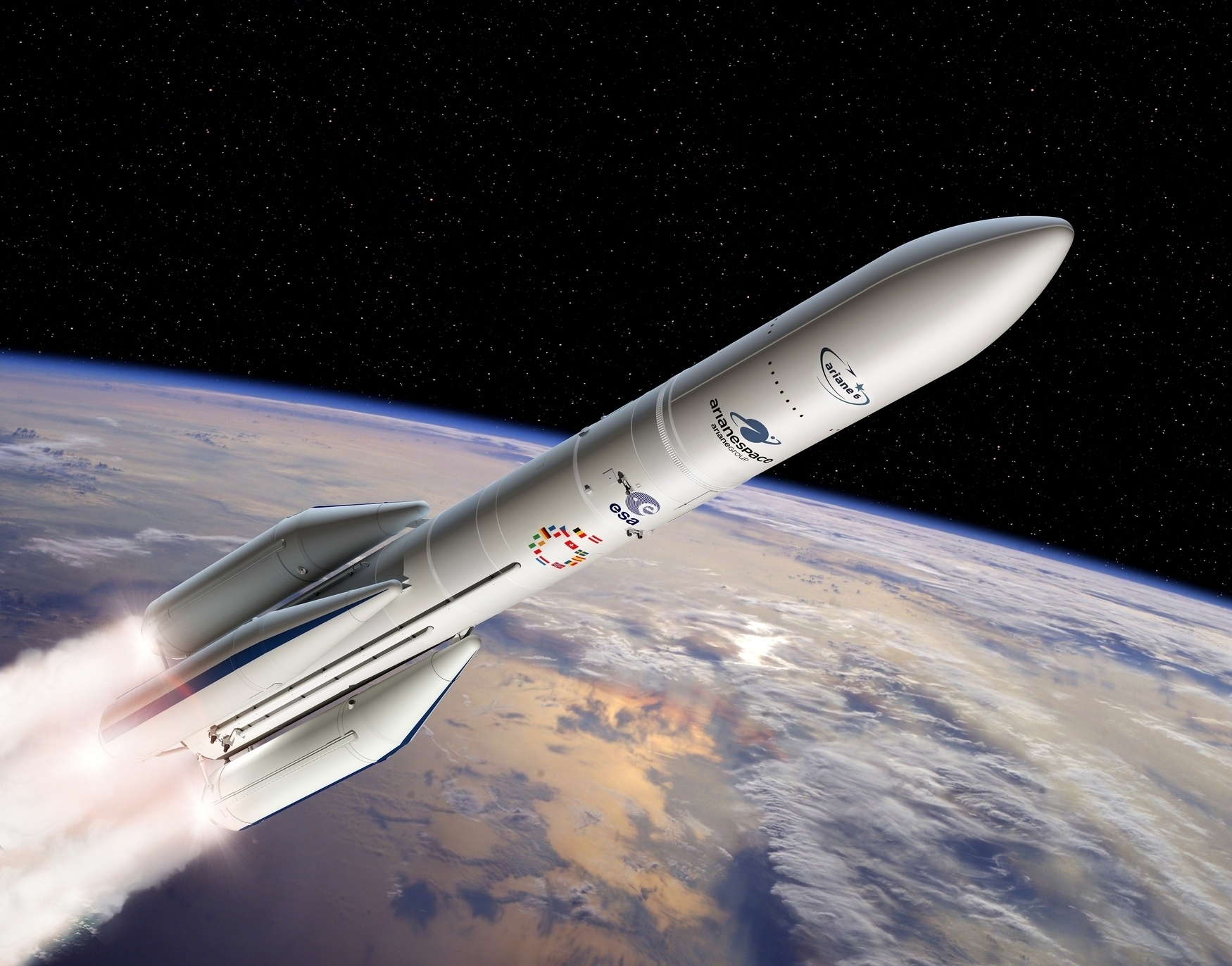
France, Germany and Italy announce agreement on "the future of launcher exploitation in Europe" The agreement includes a timetable that, by June 2024, calls for a new framework. The agreement also endorses having new small launch vehicles under development by several European companies. The agreement coincides with the ongoing ESA ministerial meeting.
Hungary to spend $100 million on private astronaut mission to ISS
Original Publication Date: 2022-11-23 09:53
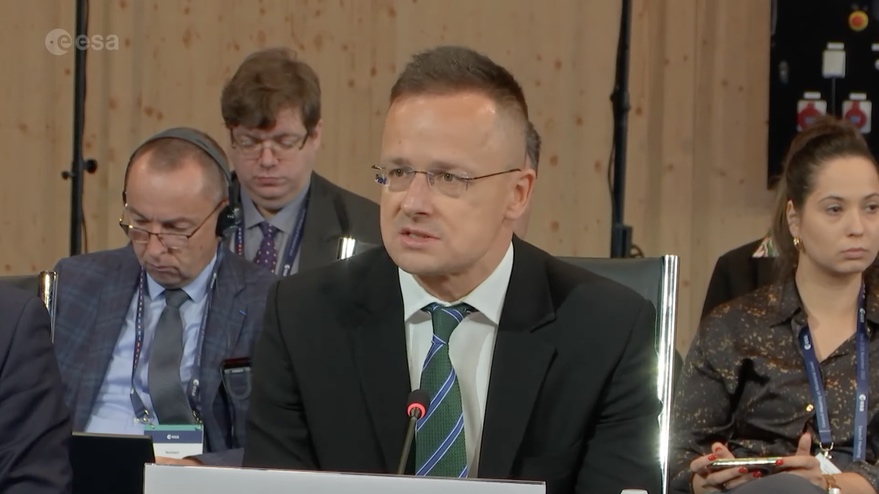
Hungary plans to spend $100 million to send an astronaut to the International Space Station. Deal with Axiom Space will send a Hungarian astronaut to the ISS in late 2024 or early 2025. NASA has yet to award missions to Axiom Space beyond its Ax-2 mission scheduled for 2023.
ESA secures 16.9 billion euros at ministerial
Original Publication Date: 2022-11-23 17:56
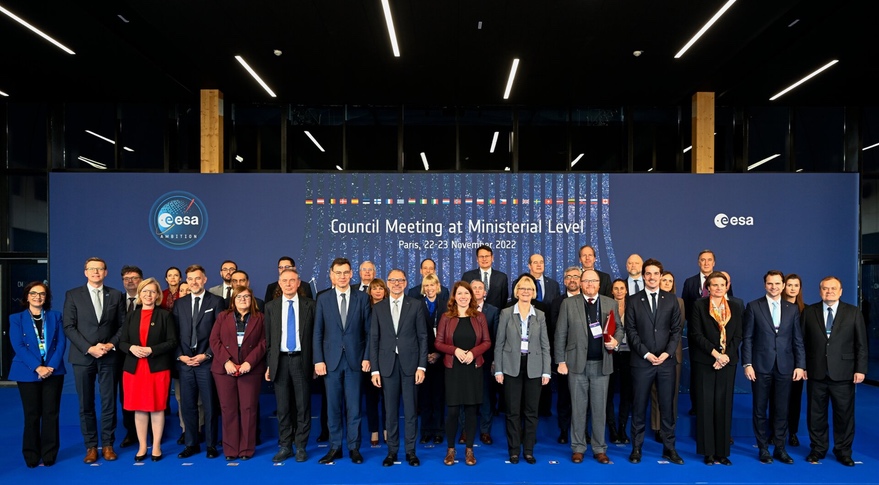
European Space Agency member states have provided the agency with 16.9 billion euros. It is a significant increase over 2019 but more than 1.5 billion euros below what the agency sought. Despite falling short of its target, none of ESA’s major priorities were deleted from the budget.
Maxar to compensate Echostar for Jupiter 3 delays
Original Publication Date: 2022-11-23 13:29
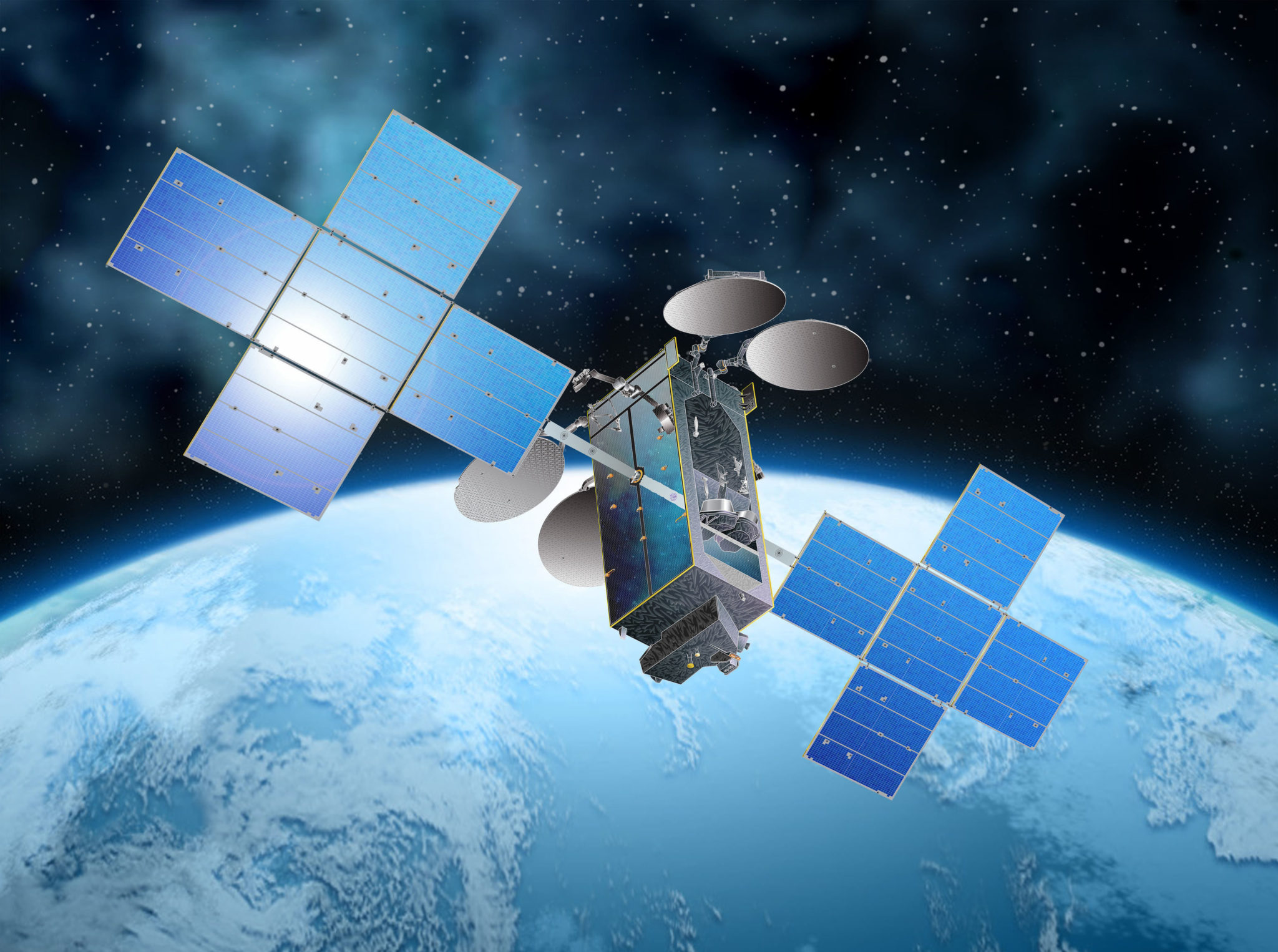
Echostar says Maxar Technologies is providing compensation for production issues. Production issues have delayed the launch of its Jupiter 3 satellite to at least the first half of 2023. Jupiter-3 is due to provide around 500 gigabit-per-second of capacity over North and South America.
China to use space station to test space-based solar power
Original Publication Date: 2022-11-23 12:27
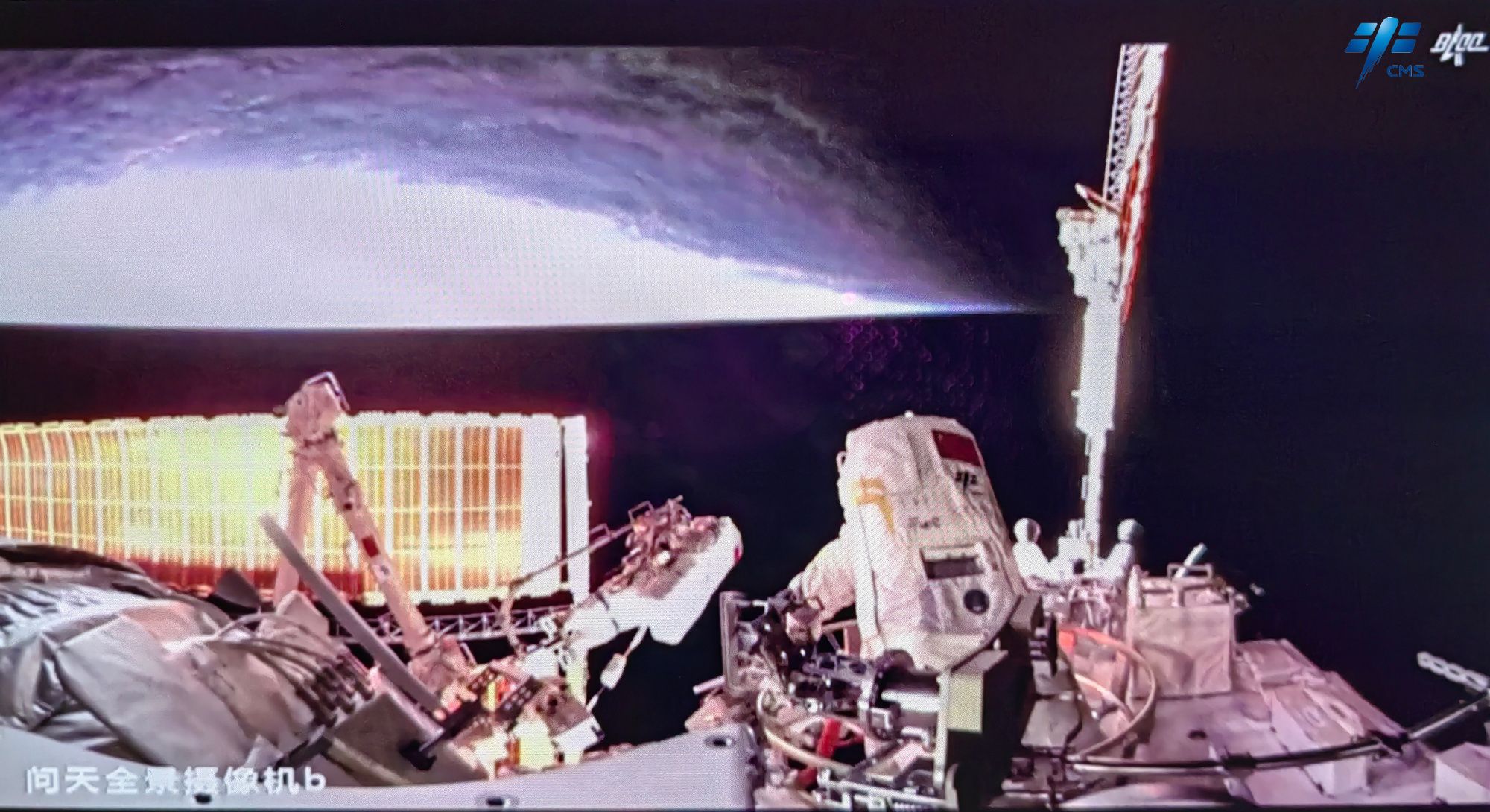
China intends to use its newly-completed Tiangong space station to test key technologies. Robotic arms already operating on the outside of Tiangong will be used to test on-orbit assembly of modules. The test system will then orbit independently and deploy its solar arrays and other systems.
Viasat wins $325 million U.S. Special Operations Command contract
Original Publication Date: 2022-11-22 23:07

Viasat will provide communications hardware, technical support and network integration services. Viasat, a satellite operator and global communications services provider, based in Carlsbad, California. The sole-source contract extends the deal Viasat won in 2017 for critical mission networking.
NASASpaceFlight.com
OneWeb has resumed deployment of its satellite constellation with the launch of 36 satellites aboard India’s GSLV Mk.III rocket. The mission – which marks the first commercial launch for the GSLV – lifted off from the Satish Dhawan Space Centre on Sunday, Oct. 23.
Commercial Archives
SpaceX has launched the Eutelsat-10B communication satellite into a supersynchronous geostationary transfer orbit. A Falcon 9 Block 5 rocket carrying the satellite lifted off from Space Launch Complex 40 at the Cape Canaveral Space Force Station in Florida on Nov. 22.
International Archives
NASA, Roscosmos, and the China National Space Administration (CNSA) performed spacewalks outside humankind’s two permanently-crewed space stations. NASA conducted its Extravehicular Activity, or EVA, on Tuesday, Nov. 15 on the International Space Station (ISS), with China following on Nov. 17 outside their Tiangong Space Station. Roscosmos rounded out the hat trick later on Nov. 17 back at the ISS.
ISS Updates – Spaceflight101 – International Space Station

A veteran NASA spacewalker and an EVA rookie from Japan ended their week with nearly six hours of work outside the International Space Station on Friday. The pair worked to finish the restoration of the Station’s Mobile Servicing System that started last year and continued in January.
Featured – Spaceflight101

SpaceX Falcon 9 takes to the skies over Florida’s Cape Canaveral Monday afternoon. First of at least six cargo ships inbound to the U.S. Segment of ISS this year. Dragon spacecraft will deliver science gear, supplies and maintenance hardware to the orbiting laboratory.
News – Spaceflight101

Russia's Rockot booster is set to blast off from the Plesetsk Cosmodrome at 17:57 UTC with the Sentinel-3B multi-function satellite on Wednesday. The rocket will carry a Russian Rockot booster with a Sentinel-3B satellite.
Re-Entry: Long March 11 Rocket Body – Spaceflight101

The CZ-11 fourth stage used leftover propellant for a partial de-orbit maneuver, lowering its perigee to 120 Kilometers to significantly accelerate its orbital decay. It lifted a cluster of five commercial Earth-imaging satellites into a 500-Kilometer orbit.
Discovery Alert: Massive Planet is a 'Hulk' among Super-Earths
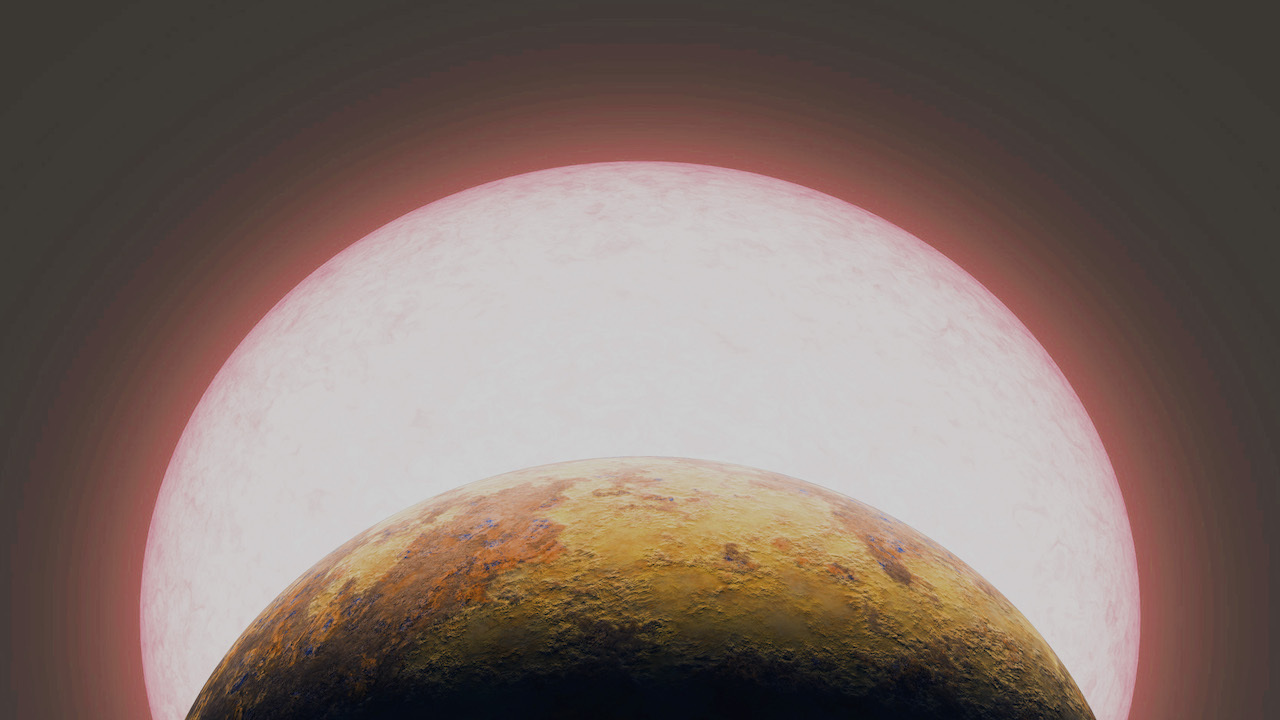
TOI-1075 b orbits a small, red-orange star about 200 light-years away. Its year, once around the star, takes only 14 ½ hours. This “ultra-short” orbit makes the planet extremely hot, with an estimated temperature of 1,922 degrees Fahrenheit (1,050 Celsius)
Life in the Universe: What are the Odds?

We have yet to find another ‘Earth’ with life, intelligent or not. Observing signs of possible microbial life in exoplanet atmospheres is currently just out of reach. No convincing evidence of advanced technology has yet crossed our formidable arrays of telescopes in space or on the ground.
Discovery Alert: A Rocky 'Super-Earth' in the Habitable Zone
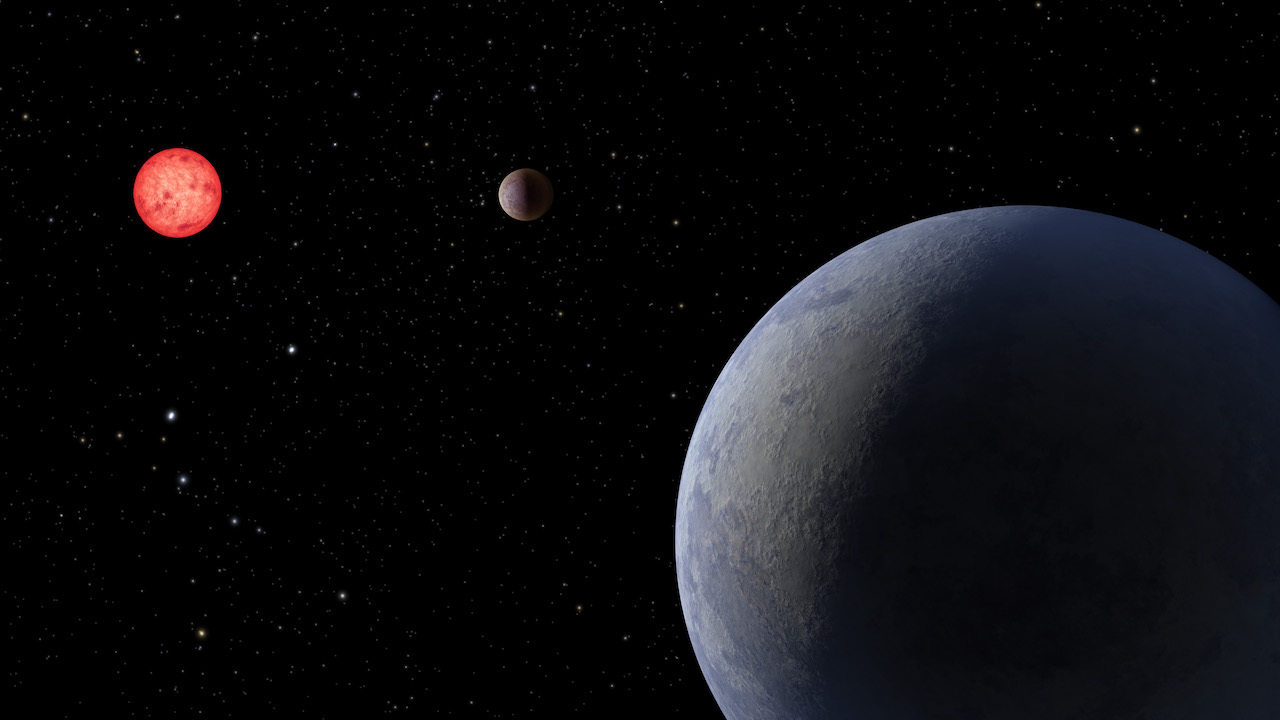
LP 890-9 c is 40% larger than Earth and orbits a cool, red-dwarf star 98 light-years away. The inner planet, discovered using the Transiting Exoplanet Survey Satellite (TESS), is about 30% larger than Earth. The outer planet, though possibly chilly by human standards at an estimated 30 Fahrenheit (minus 1.1 Celsius), sits within its star’s habitable zone.
Discovery Alert: See the Image – 2 Planets Orbit a Sun-like Star
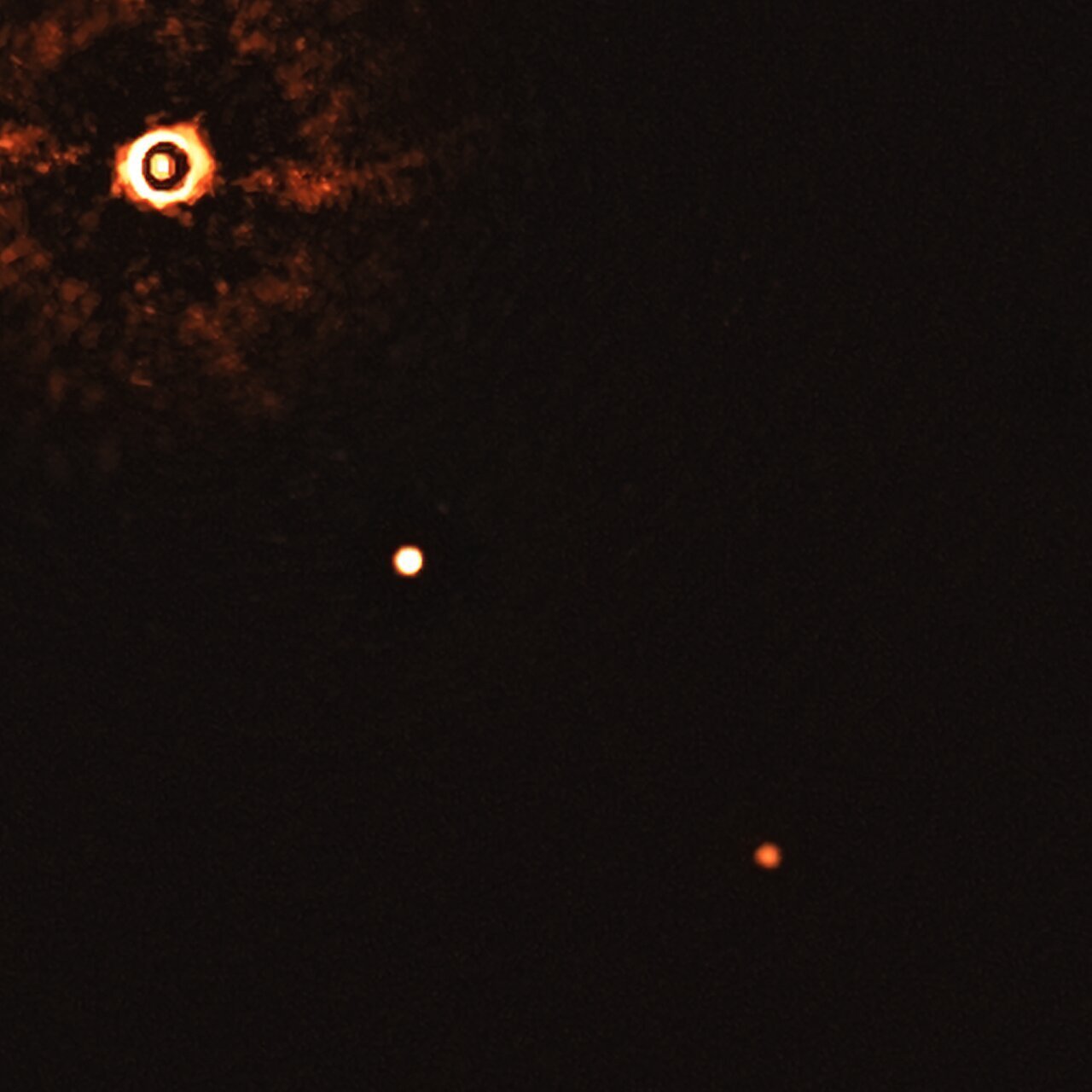
TYC 8998-760-1 b and c are the first multi-planet system to be directly imaged around a Sun-like star. The inner planet, b, is about 14 times the mass, or heft, of Jupiter, c about 6 times. The star is a baby version of our Sun, only 17 million years old.
Download our Exoplanet Coloring Pages and #ColorWithNASA

NASA studies exoplanets with telescopes on the ground and in space. These posters are now available as coloring pages for you to add your own creative vision to exoplanet art. Grab crayons, markers, paint or colored pencils and shade in the hues of rocky terrain, lava oceans, planetary systems and more.
New apps: 'NASA Selfies' and TRAPPIST-1 VR

The new NASA Selfies app lets you generate snapshots of yourself in a virtual spacesuit, posing in front of gorgeous cosmic locations. The new Exoplanet Excursions VR app gives users a guided tour of the TRAPPIST-1 planetary system, featuring artist impressions of the seven Earth-size planets therein.
New clues to compositions of TRAPPIST-1 planets
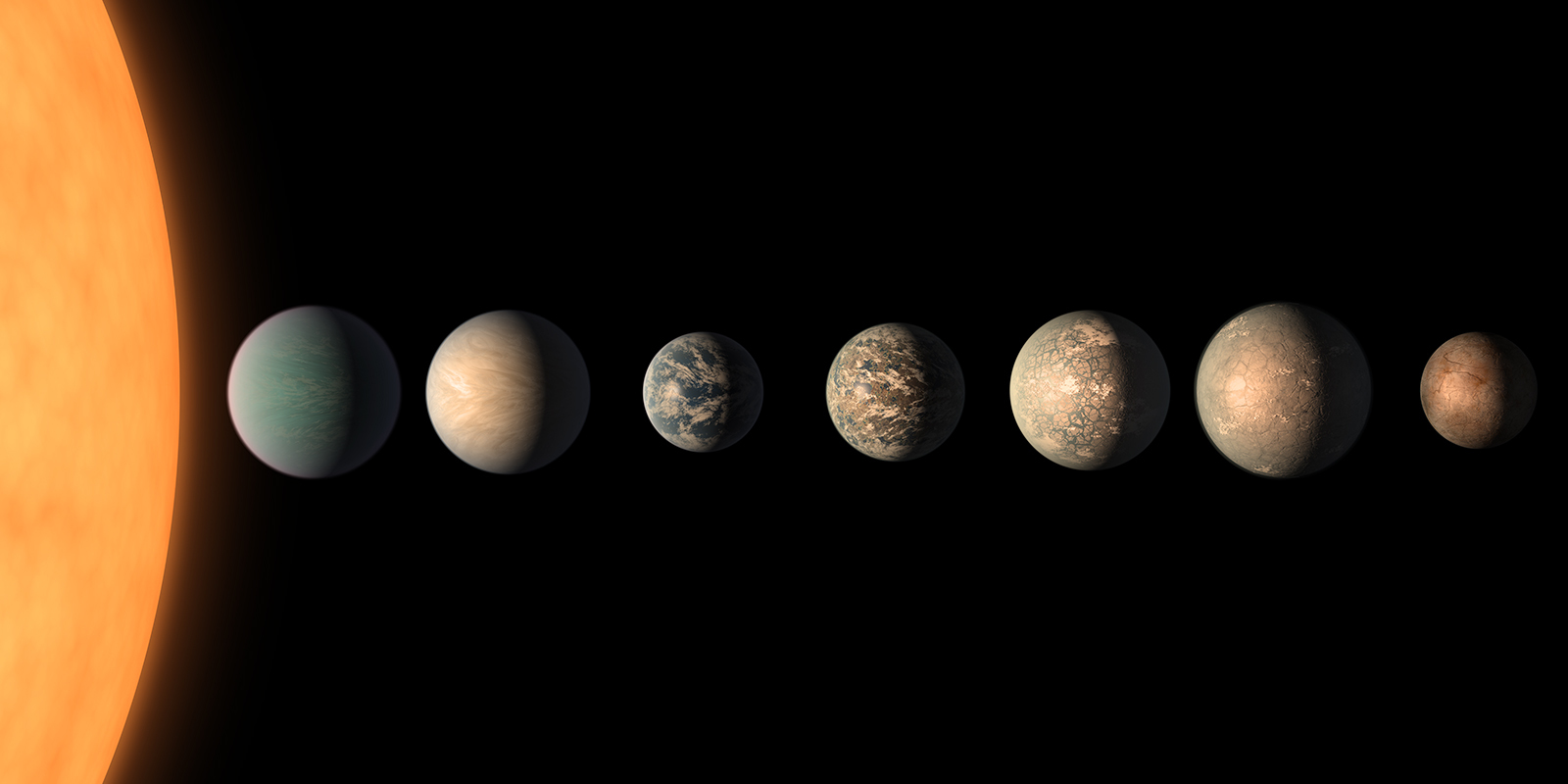
Seven Earth-size planets of TRAPPIST-1 are all mostly made of rock, with some having the potential to hold more water than Earth. The planets' densities, now known much more precisely than before, suggest that some planets could have up to 5 percent of their mass in water – which is 250 times more than the oceans on Earth. The form that water would take on TRAPPist-1 planets would depend on the amount of heat they receive from their star.
